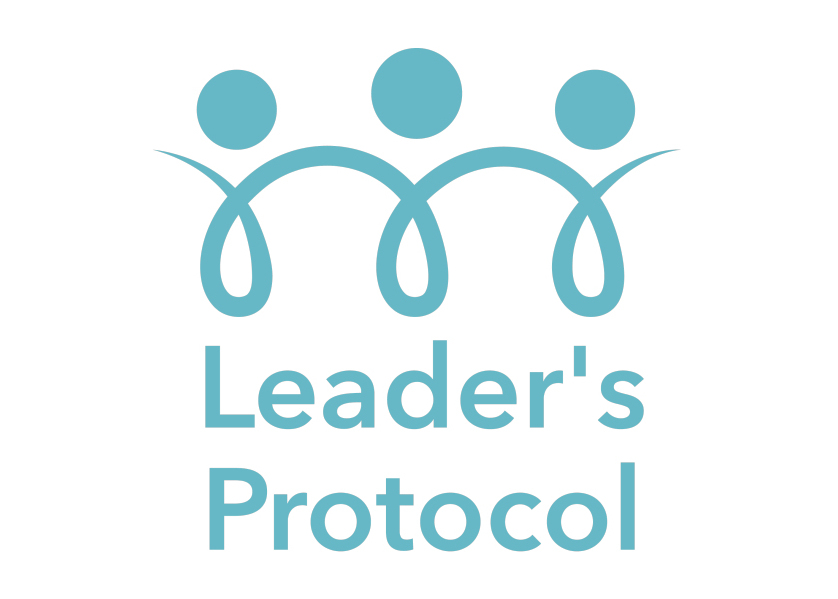So much takes longer than we think, hurdles will crop up that we didn't expect; we will get fatigued. Here's a short introduction to resilience - an increasingly necessary leadership trait for the 21st century
Building Resilience: A Crucial Leadership Skill in the Modern Workplace
The modern workplace is a dynamic, fast-paced environment that is continually evolving. It presents a plethora of challenges and stressors that demand robust leadership capabilities. Among the many essential leadership skills, one that often gets overshadowed but is critical in the present context is resilience.
In their insightful book, “Resilience: Why Things Bounce Back,” authors Andrew Zolli and Ann Marie Healy illustrate the importance of resilience in multiple contexts. Their exploration of resilience includes understanding how ecosystems, economies, communities, and individuals endure and adapt to significant adversities. Applying this concept to leadership in the workplace gives us insights into why resilience is integral to a leader’s toolbox.
What is Resilience?
Resilience is the ability to recover quickly from difficulties; it’s about bouncing back from adversity and carrying on with increased strength and adaptability. This characteristic is becoming increasingly significant for leaders in the modern workplace due to the rapidly changing business environment.
Why is Resilience Crucial for Leaders?
The world of work is continually transforming due to technological advancements, market volatility, socio-political changes, and most recently, the COVID-19 pandemic. Leaders who demonstrate resilience can adapt to these changes, maintain focus, and guide their teams through the tumultuous times.
A Harvard Business Review study titled “Seven Ways to Build Resilience for Crises and Everyday Life Challenges” affirms that resilient leaders are better equipped to manage stress, overcome challenges, foster resilience in their teams, and ultimately lead their organisations to thrive amidst adversity.
Real-World Example: Resilience in Action
Consider the example of the multinational automobile corporation, General Motors (GM). In 2014, the company faced a significant crisis due to a series of car recalls stemming from a faulty ignition switch linked to several fatalities. Amid this crisis, CEO Mary Barra demonstrated remarkable resilience.
Barra addressed the issue head-on, apologising publicly for the mistakes, ensuring families of victims were compensated, and making considerable changes in the company’s safety practices. Under Barra’s resilient leadership, GM bounced back, regaining customer trust and reinforcing its market position. This is a compelling demonstration of how resilient leadership can navigate through severe crises.
Building Resilience: Strategies for Leaders
Resilience is not an innate trait; it can be learned and developed over time. Here are some strategies that leaders can employ to build resilience, inspired by the lessons from the podcast “WorkLife with Adam Grant”.
- Embrace Change:
Change is inevitable in the modern workplace. Leaders should embrace change, viewing it as an opportunity rather than a threat. This mindset promotes adaptability and resilience.
- Develop Emotional Intelligence:
Understanding and managing emotions is crucial during challenging times. Leaders with high emotional intelligence can navigate stressful situations effectively, inspiring the same in their teams.
- Maintain Optimism:
Maintaining a positive outlook during adversity can encourage the team to stay focused and motivated. However, leaders should balance optimism with realism, acknowledging challenges while also envisaging a path forward.
- Foster a Supportive Network:
Strong relationships and a supportive network act as a cushion during hard times. Leaders should invest time in building and maintaining strong relationships within and outside their team.
- Prioritise Self-Care:
Leaders need to take care of their physical and mental well-being to handle stress effectively. This can include regular exercise, adequate sleep, mindfulness practices, and hobbies.
In the modern business landscape, resilience is no longer just a desirable leadership skill—it’s a necessary one. By adopting strategies to build resilience, leaders can navigate the complexities of the modern workplace, guide their teams through challenges, and steer their organisations toward success.
In closing, let’s draw on the words of Hara Estroff Marano, Editor at Large of Psychology Today, from her article “The Art of Resilience”: “Resilience may be an art, the ultimate art of living… At the heart of resilience is a belief in oneself—yet also a belief in something larger than oneself. Resilient people do not let adversity define them. They find resilience by moving towards a goal beyond themselves, transcending pain and grief by perceiving bad times as a temporary state of affairs.”
So, let us harness this powerful skill to transform our leadership style, making a positive difference in our workplace, and indeed, our lives.
Want more? I’d recommend …
Book: “Resilience: Hard-Won Wisdom for Living a Better Life” by Eric Greitens
Article: “Building Resilience” by Harvard Business Review
Video: “The 3 Secrets of Resilient People” TED Talk by Lucy Hone
Podcast: “The Resilient” by Mike Ellison



